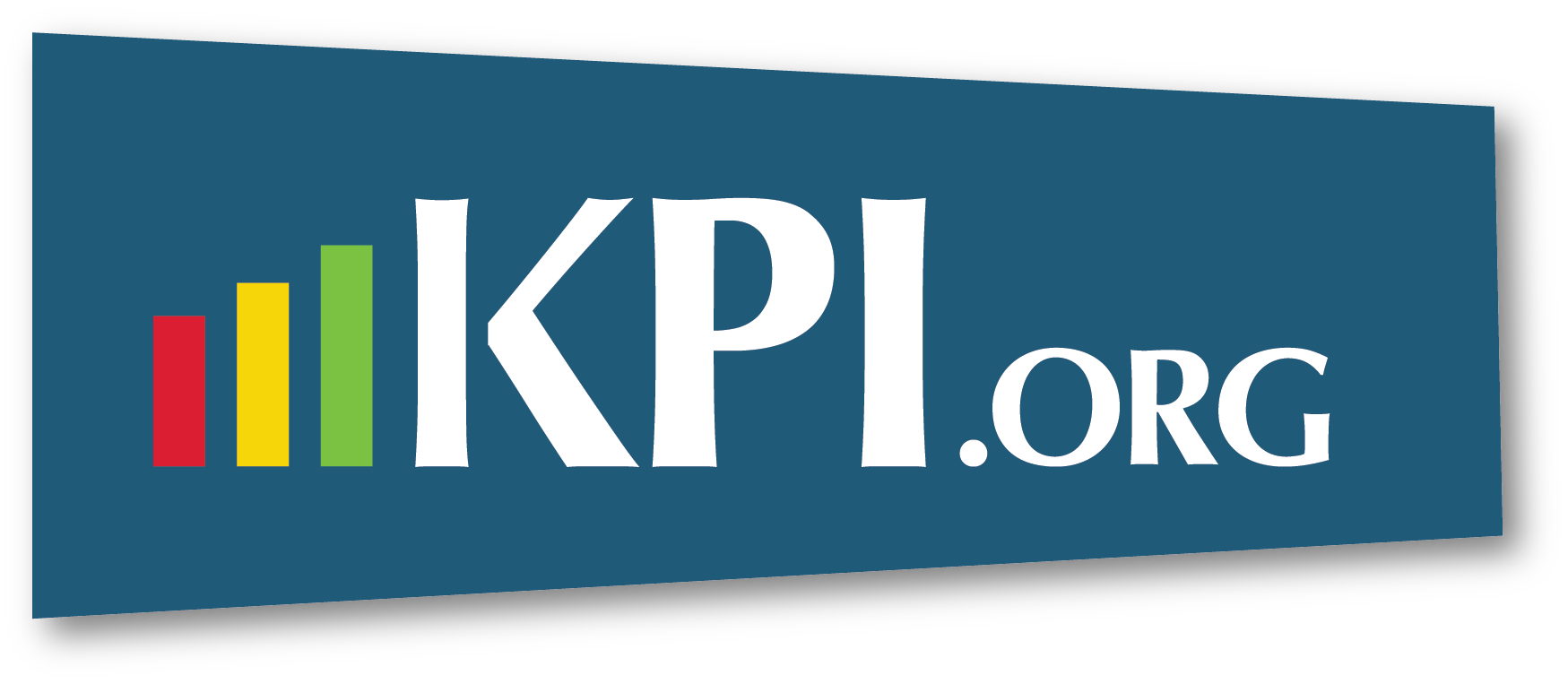I was asked to speak to a group of new college graduates and to share a few things that I wish I’d known earlier in my business career. What would have helped me to avoid major mistakes or to do a better job earlier on? This is part of a series of 4 blogs in which I share the four things I wish I’d known.
Strategic Knowledge is a Must Have
 Paul Porter was his name. He was my first manager and was conducting the first performance review of my career. I was less than six months out of college and working for the company that is now Accenture. I’d been working insane hours, using a software that no one else in the entire company knew how to use yet, and delivering on an innovative solution to a transportation company – a very early use of mobile technology and portable laptops when the only connectivity for the user was a landline in a rural motel room and the “laptop” was almost too big to fit in the overhead bin of a plane. I was the envy of my peer group due to the innovative nature of the engagement.
Paul Porter was his name. He was my first manager and was conducting the first performance review of my career. I was less than six months out of college and working for the company that is now Accenture. I’d been working insane hours, using a software that no one else in the entire company knew how to use yet, and delivering on an innovative solution to a transportation company – a very early use of mobile technology and portable laptops when the only connectivity for the user was a landline in a rural motel room and the “laptop” was almost too big to fit in the overhead bin of a plane. I was the envy of my peer group due to the innovative nature of the engagement.
I fully expected a glowing review. My heart sank when Paul turned the page to the “needs improvement” section of the evaluation and I saw he had written a full paragraph. He advised that I needed to look up and see the big picture instead of focusing on the tasks at hand. It had never occurred to me that it is not only ok, but encouraged, that a worker look up and understand the big picture. Isn’t that what the higher-ups are supposed to do? Wouldn’t I be overstepping my bounds? Besides, I was mystified as to how to even begin to do this.
I wish I had known the principles of strategic planning and management and had the sense to ask to see the company’s strategy. I wish I had asked to see the overall project charter and to understand the business case, as well as the stakeholders, of the engagement. But I didn’t even have the basic knowledge (or vocabulary) to ask these questions at the time.
Now, I give similar advice to anyone who asks how to improve their employees’ contributions. Ask them to consider the big picture. But you must also take the time to explain strategic principles while showing someone the big picture – whether it is how the company works, the key processes, the value drivers, the overall strategy, or a project charter. For many, this may be their first exposure to these fundamental business concepts. Help them to understand how they fit in and how they can contribute. And solicit their ideas for how to improve things.
Some people thrive at the operations level. But to Paul Porter’s point, you aren’t maximizing your contributions if you only focus on the assigned tasks at hand. We have an employee who has what, to me, would be the most mundane task-oriented job in the world. But he loves his work and he is brilliant at it. When I showed him our strategy, I was delighted to see he was the first to volunteer some insightful feedback and ideas. He continues to contribute to the big picture in a meaningful way due to his tremendous depth of knowledge in his specific operational function.
The irony of that first review is that I’ve spent the better part of the past two decades doing nothing but strategic management. Once I started noticing the big picture, I was insatiable. For me personally, strategy and overall operational design is incredibly interesting and rewarding. I wonder where Paul Porter is today? I’d like to thank him.
Read Part 2 here.



